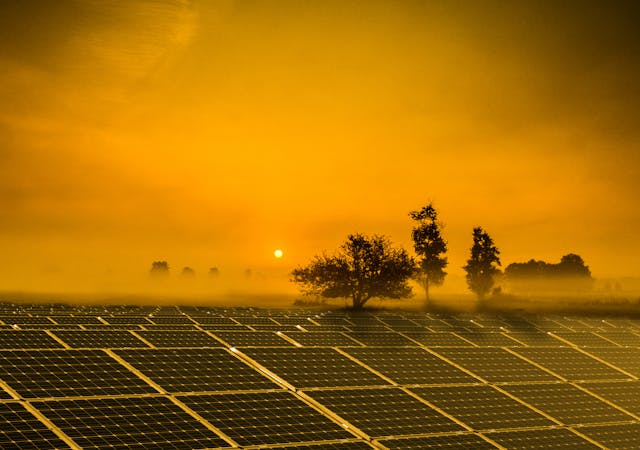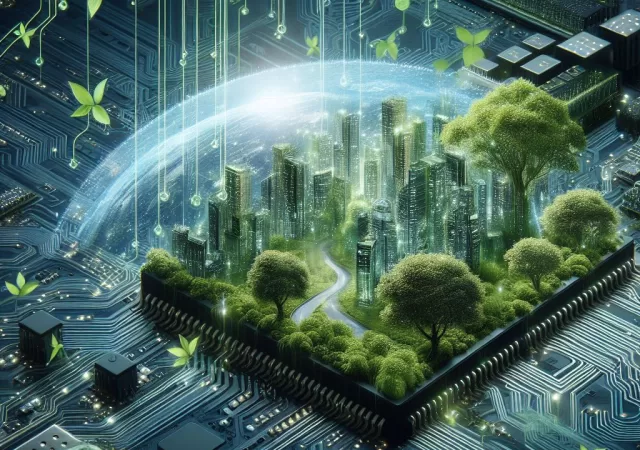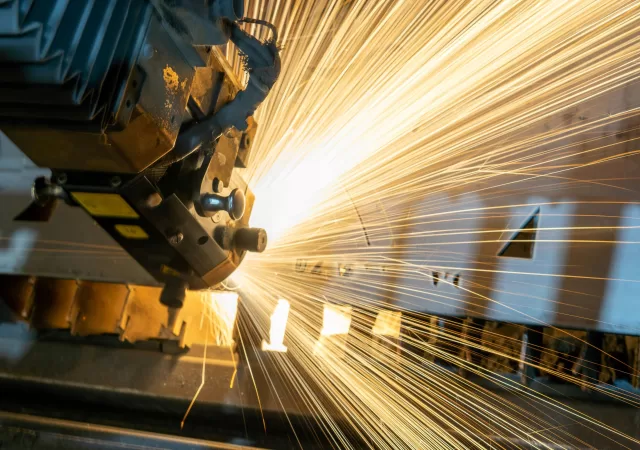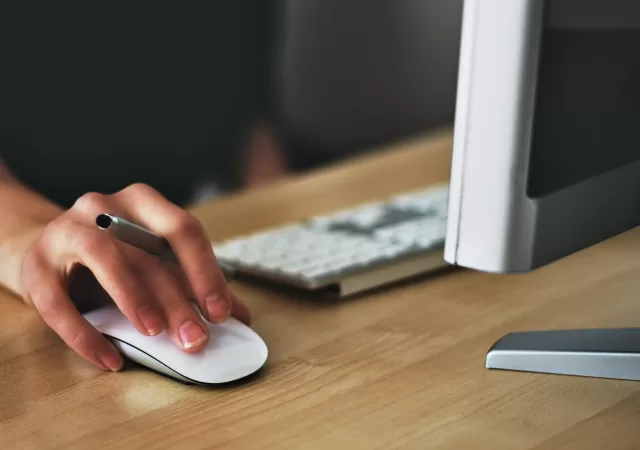Carbon neutrality, sustainability and meeting energy demands are key issues that Malaysia has to address in its sustainability journey. Huawei Digital Power weighs in on the energy trilema.
Bringing the Open Source Way to AI
Can we open source AI? Ashesh Badani, VP and Chief Product Officer at Red Hat weighs in on the big question of open source AI.
AI and Environmental Sustainability – A Symbiotic Relationship
Explore the game-changing potential of AI and its impact on industries and economies. Discover how data processing and data centre performance are crucial for leveraging this transformative technology.
Why Small Businesses Don’t Backup: Exploring Limitations and Solutions for Data Protection
Discover the best backup solutions for your business. Explore the 3-2-1 rule and find alternatives to protect your data without breaking the bank.
Empowering Schools for The Digital Age
In recent years, rapid technological advancement and shifting societal needs have evolved the educational landscape significantly. Technology now plays an integral part in revolutionising traditional learning methods, offering new avenues to enhance teaching and learning modes. Schools must comprehend and…
Unlocking Cost-Effective Data Management Solutions with Synology
Discover how Synology’s comprehensive data management solutions address the challenges of data storage and protection in today’s business landscape.
Work With What You’ve Got To Streamline Operations
Mr Varinderjit Singh, General Manager at Lenovo Malaysia shares insights into the manufacturing industry and discover effective ways to increase output in a challenging economic environment.
Increase Productivity for Production and Manufacturing Processes
Discover how Lenovo’s advanced technologies such as high-performance computing, AI, and spatial computing can improve production processes.
Navigating the Transformation Paths in the Architecture, Engineering, and Construction (AEC) Industry
Intuitive design software and earth-friendly material are part of the AEC industry evolution. Keeping up with the times with architecture key.
The Role of Technology in Transforming Jobs and Supercharging Careers
In an era of transformation, learn how technology-enabled learning & AI-guided career counselling are giving individuals new career opportunities in Malaysia. 96% of employers plan to use GenAI technologies in 2024.

















